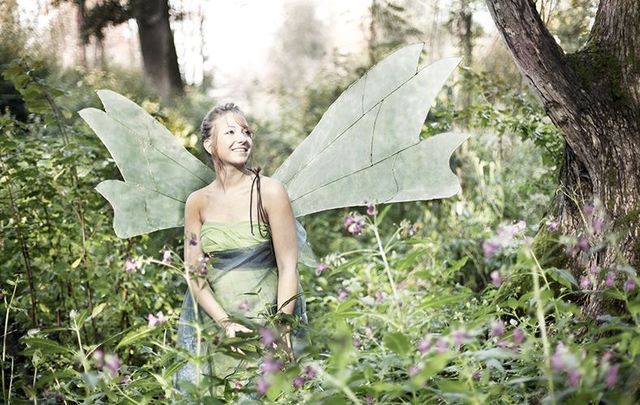Ireland's fairy folk have folks spellbound! If you don't believe all you have to do is look around. They're everywhere.
Ireland has a huge association with mythical beings, including fairies, a link that has been reinforced time and time again in popular culture through the years.
Read more
A major cultural impact
References to Ireland’s fairies and folklore have been made across a range of different areas in the last few decades. One of the most famous has perhaps come in the food world, with the Lucky Charms cereal produced by General Mills proudly featuring its famous leprechaun mascot Lucky on the front of its boxes.
On a more general entertainment level, a range of examples of Irish folklore creatures is making an appearance in film and TV. Leprechauns have been immortalized in everything from the cult horror film series of the same name to the adaptation of Neil Gaiman’s American Gods, while some slightly lesser-known creatures have also made a breakthrough.
For example, the Colin Farrell movie Ondine touched on the idea of selkies, while banshees have made an appearance in shows ranging from Charmed to Supernatural.
Another area where creatures from Irish folklore have proven popular is in video gaming, with games including Smite being among the many titles to reference the culture.
Rich and ancient heritage
As all of the above touches upon, Ireland’s rich fairy folklore is about more than just colorful, family-friendly creatures. There is a dark edge to the culture including creatures like the Puca and also the Dullahan, the headless horseman which no doubt provided some element of inspiration for The Legend of Sleepy Hollow.
But just where did all of this talk of mythical beasts and fantastical creatures come from? Well, as Britannica.com outlines, the ancient history of this incredible country is steeped in Celtic mythology. The Tuatha Dé Danann is a race thought to have inhabited Ireland before the ancestors of the modern population known as Milesians. As legends have developed, these beings - who are believed to have been magical - have gone on to be linked intrinsically with the fairy phenomenon for which the country has become famous.
There are no doubt many reasons why such ideas from ancient mythology and culture endure, but one factor that has undoubtedly played a part has been the existence of structures often referred to as fairy forts. It is thought that there are tens of thousands of forts – or rath – in the country, with many regarding these small embankments as sacred places that should not be touched.
Read more
Incredibly, several stories have emerged through the years of people tampering with such sites and going on to have bad luck. One of the more recent claims suggested that issues that emerged on a road in Kerry had been caused by the fact that forts and other ancient sites were located nearby, while some also famously suggested that Sean Quinn’s business empire collapsed as a result of his decision to allegedly move an ancient tomb in the early 90s.
Similar stories of bad luck have also been linked to fairy trees, bushes found across the country that generally stood on their own in fields. Like fairy forts, the trees are said to be sacred sites and should not be touched for any reason.
* Originally published in 2019. Updated 2024.




Comments